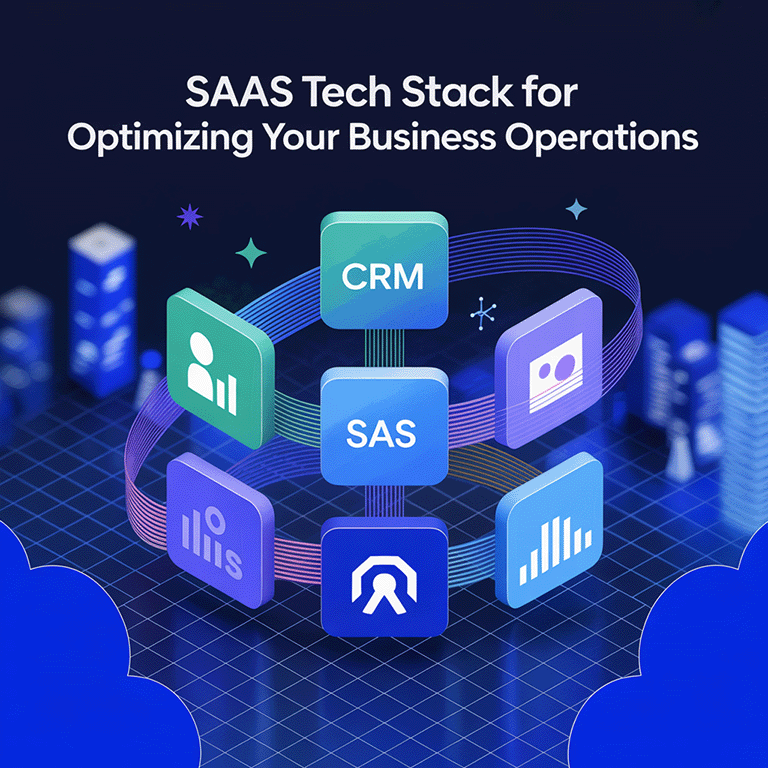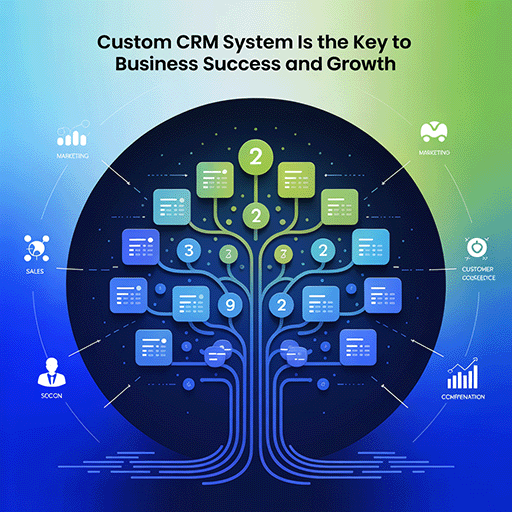Digital transformation is vital for any business to stay competitive and drive growth. Depending on the relationships between the services, you can opt for the most suitable application architecture to support strategic goals and boost your business agility.
An ESB is a tool that builds integrations between monolithic applications. Meanwhile, the microservices architecture is focused on splitting the entire application into multiple independent components.
In this article, you will understand the core distinctions between ESB and microservices and find some essential factors to consider when choosing the perfect application architecture.
What is ESB?
The ESB stands for enterprise service bus and is concentrated on applying a centralised software component to attach applications that perform an extensive range of services. Being a part of a service-oriented architecture, the ESB establishes data connections between applications.
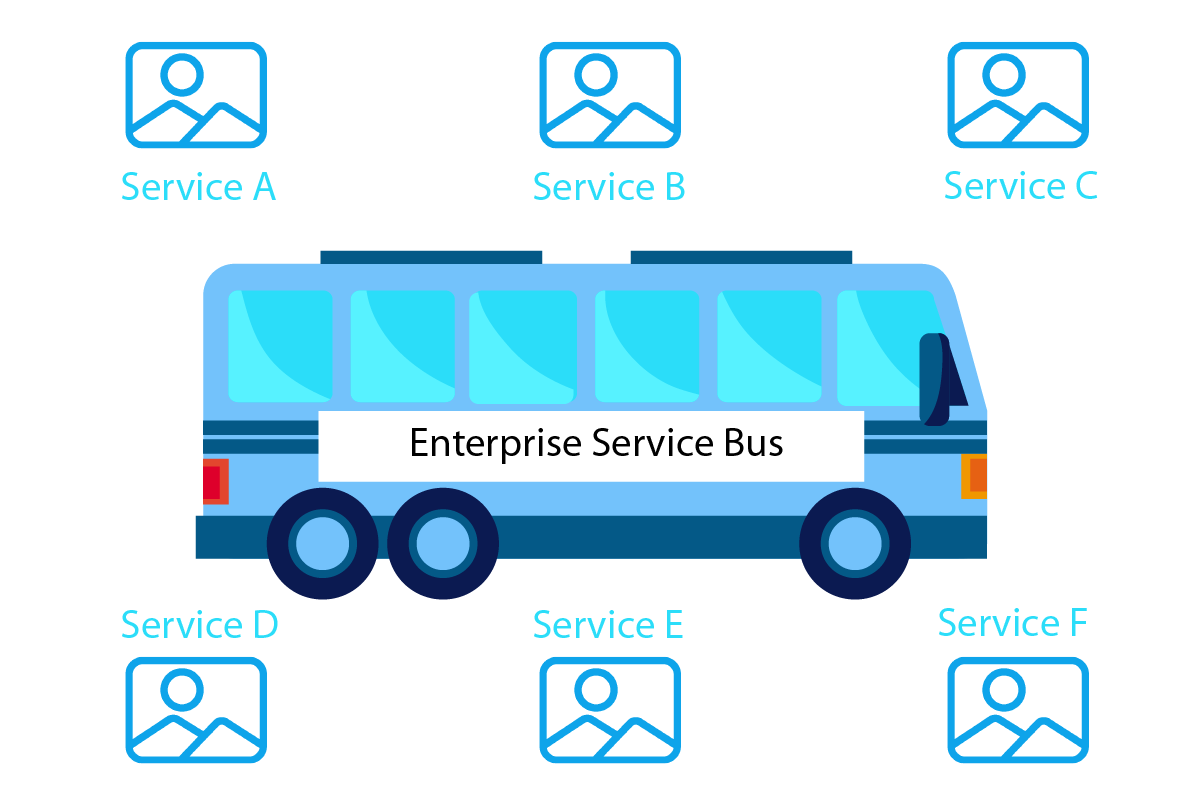
With such a “bus-like” infrastructure, it’s possible to distribute tasks like message routing and decoupling among multiple connected elements that make up an application. Applications don’t interact directly but transfer data through the “bus”.
In this way, engineers don’t need to create custom-built integrations for each app. It speeds up the development process and enhances business agility.
What Are Microservices?
Microservices architecture is more popular in today’s tech world compared to SOA. It’s a type of application infrastructure where a single solution includes multiple autonomously running services. Developers can build, deploy, debug, and scale them without affecting the entire solution, as all microservices have their own databases.
Engineers deploy each service independently so they can use various languages and frameworks for each component. Using microservices architecture, it’s much easier to work in smaller teams to build a set of autonomously running elements.
These independent services are built around business requirements. For instance, if you want to create an e-commerce application, product descriptions, shipping details, and customers’ personal info will be stored within different databases. Microservices create the solution’s functionality by communicating through well-defined APIs.

Have a look at the major microservices characteristics:
- Decentralised governance and data management
- Separate databases and runtime
- Services don’t interact with each other directly
- An extensive mix of languages and technologies
- Oriented towards business functionality
ESB and Microservices: the Major Differences to Consider
The ESB is an integration hub that modifies data to let applications interact efficiently. Microservices don’t depend on each other, so developers can build and scale them independently.
With the ESB, it takes more time to create integrations. The ESB links all the application’s services through the “bus”. When a client decides to scale their solution, new applications are added, making such an interdependent monolith challenging to upgrade.
With microservices, the entire solution consists of a set of independent services that perform distinct functions. Developers can write each service in numerous languages, but they are still connected to the other components through APIs.
Developers can also monitor sensitive data in each microservice to protect it from leaks and breaches. Such an architecture is safer, makes services much easier to upgrade without rebuilding the entire product, and simplifies the debugging process.
ESB Advantages and Disadvantages
Pros:
-
Reusable services
Attached via the ESB, services can connect. If new integrations are needed, developers can attach them to the solution with minimum effort.
-
Simple deployment
With orchestration capabilities and service routing built-in, it’s much easier for development teams to deliver products within the agreed timeframe.
-
Centralised governance
A centralised integration hub can trace all services, so it’s also possible to keep track of statistics and service usage.
Cons:
-
Scalability issues
If you want to upgrade one of the services, it’s impossible to perform it independently. Instead, developers will have to upgrade the entire ESB along with the rest of the services. Such a complex infrastructure is challenging to scale up and maintain.
-
Connectivity requirements
Every service requires a connection to the ESB. If you want to set up additional infrastructure, you will have to spend extra time and funds to connect new services.
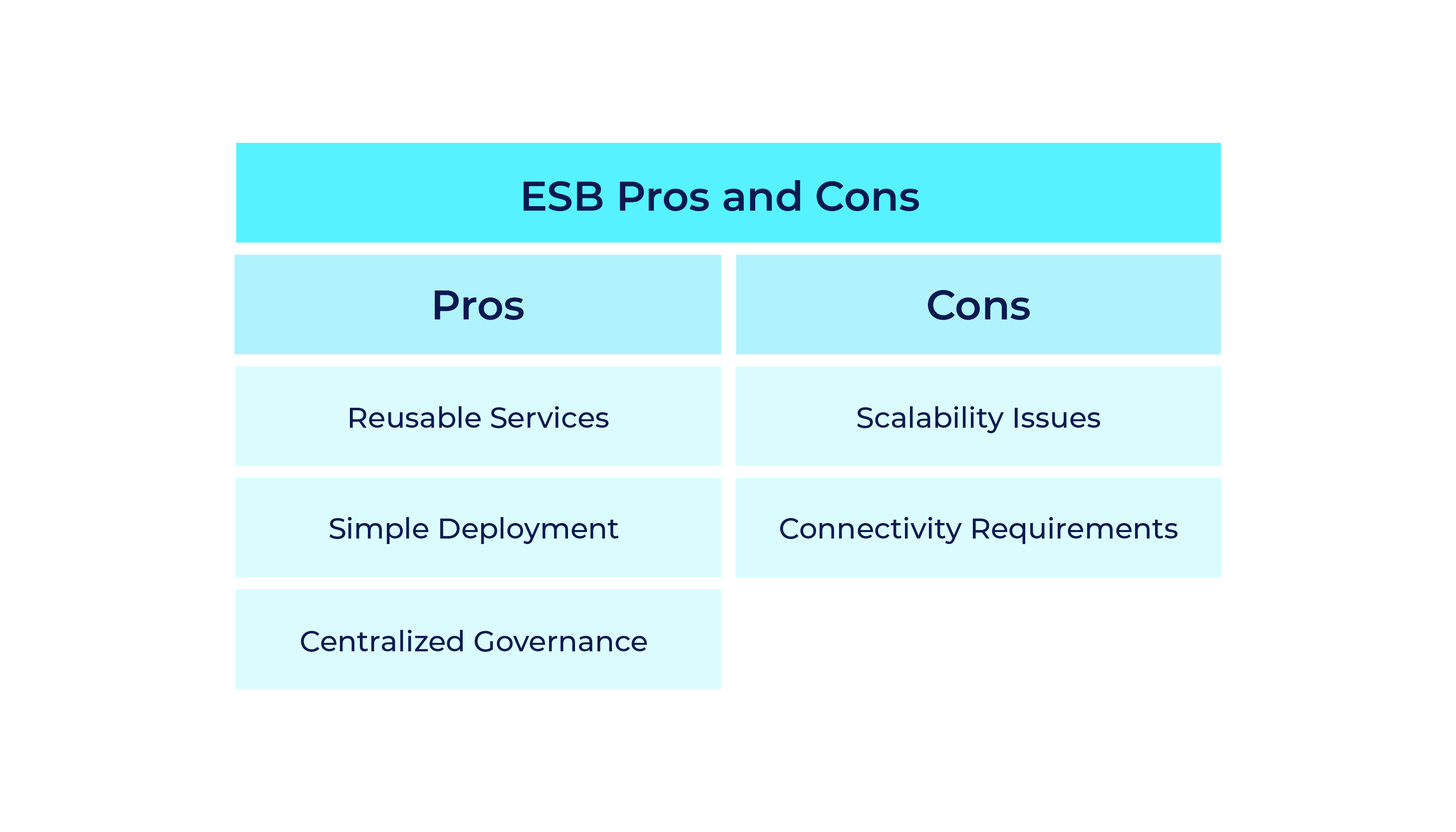
Microservices Advantages and Disadvantages
Pros:
-
Scalability
If responding to changing requirements is vital for you, the microservices architecture perfectly matches your needs. Developers won’t have to upgrade the entire product to scale a single service. Instead, they can concentrate on a certain service or feature. It impacts cost savings and speeds up the development process.
-
Faster time to market
With less dependency on each other, microservices can be deployed much faster. This microservices benefit lets your development team enrich a product with new features over time. It will enable you to launch your product quicker and gain user feedback to provide your audience with relevant services.
-
Business agility
You can experiment with innovative features without spending lots of time and money implementing them. You can also delete these features if they are not suitable for your audience or business objectives. With microservices, such experiments won’t crash the entire application ecosystem, making your business adaptable and agile.
-
Smaller independent teams
Working in flexible and easy-to-manage teams, engineers can focus on the development process of a certain service or feature. Instead of worrying about the work and stability of the entire product, team members can work independently and concentrate on their tasks.
-
Data Security
Microservices work autonomously from each other, making it much easier to prevent sensitive data from being stolen or lost. From financial data to essential business records, developers can monitor them in each microservice and protect confidential information.
Cons:
-
Communication between services
Your success in using the microservices architecture depends on solid network infrastructure. With lots of microservices running in a single solution, it’s vital to make sure they communicate securely.
-
Debugging issues
With numerous microservices and their own sets of logs, it’s more challenging to detect the cause of a specific problem and fix it right away. Sometimes engineers have to search through the entire environment to identify the source of a single bug.
As your product scales, you will need more microservices to upgrade your solution and keep it tailored to your audience’s needs. But still, verifying database validity, performing all strategies of microservices testing, and keeping dependencies updated, it’s possible to benefit from using the microservices architecture.
-
Challenging migration from a monolithic architecture
Migrating to the microservices architecture from the monolithic one is time-consuming and challenging. You will have to invest resources in the new infrastructure and find a team of seasoned engineers with a great understanding of how the microservices architecture works.
From choosing the refactoring strategy and setting up CI/CD (continuous integration/continuous delivery) to designing API interfaces and dividing your product into modules, you will require time and money to make this transition.
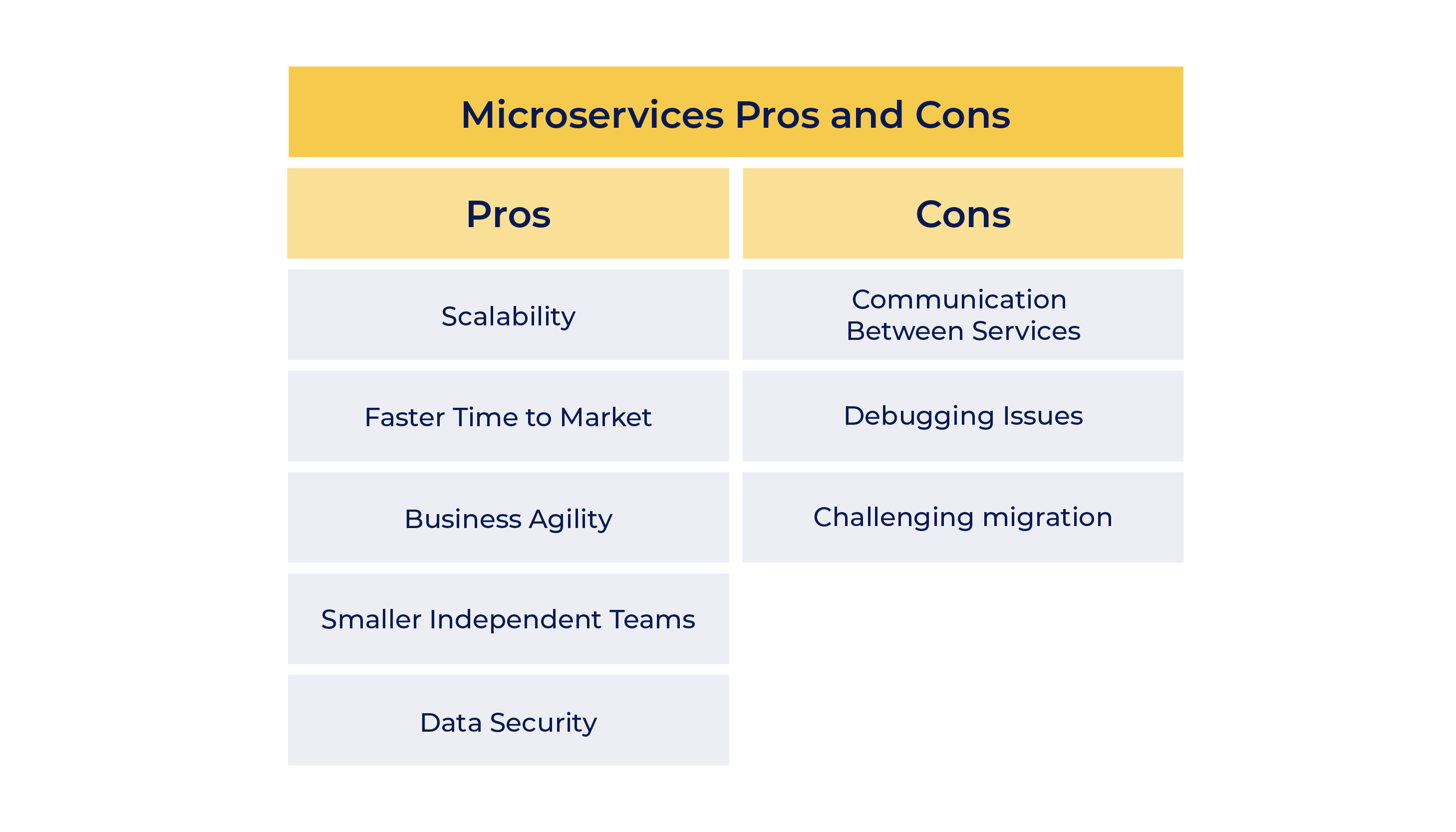
How to Choose the Perfect Application Architecture?
With clearly defined business goals and challenges, it’s much easier to choose microservices or the ESB to skyrocket your product. If your business is running smoothly with the enterprise service bus and your product doesn’t require advanced scalability, the ESB is a great option for your objectives so there is no need to spend resources and effort on migration.
If you work with small development teams and your solution needs constant upgrades and additional capabilities to meet users’ needs, you should consider adopting microservices to stay competitive.
Microservices are also a perfect match for your business if you build IoT networks or want to implement AI and ML for better results. These fields require huge horizontal scaling and massive computational abilities.
You can also use the microservices architecture to work with audio and video streaming services, as it’s vital to scale such a solution and handle a huge amount of data and traffic. SoundCloud migrated from the monolithic Ruby on Rails app to microservices after scaling challenges.
This microservices example enabled the audio streaming platform to regain team autonomy, reduce the time required to develop new services, and boost the developers’ productivity.
Scale Your Product with LITSLINK!
Whether you need to migrate from the monolithic architecture or build a microservices application from scratch, you will require reliable software solution providers. With an extensive pool of seasoned developers and deep expertise in the most popular technologies, LITSLINK will ensure you get a scalable product that meets the market trends.



